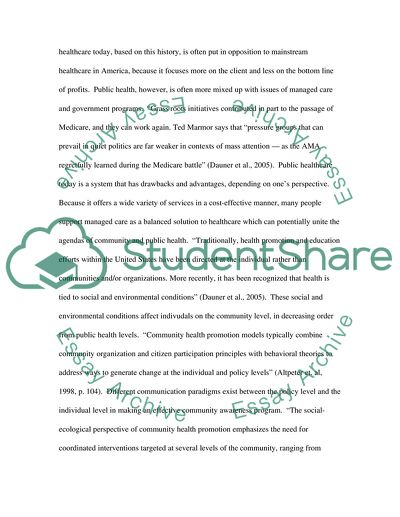Cite this document
(“Comparison Paper Essay Example | Topics and Well Written Essays - 1500 words”, n.d.)
Comparison Paper Essay Example | Topics and Well Written Essays - 1500 words. Retrieved from https://studentshare.org/miscellaneous/1555485-comparison-paper
Comparison Paper Essay Example | Topics and Well Written Essays - 1500 words. Retrieved from https://studentshare.org/miscellaneous/1555485-comparison-paper
(Comparison Paper Essay Example | Topics and Well Written Essays - 1500 Words)
Comparison Paper Essay Example | Topics and Well Written Essays - 1500 Words. https://studentshare.org/miscellaneous/1555485-comparison-paper.
Comparison Paper Essay Example | Topics and Well Written Essays - 1500 Words. https://studentshare.org/miscellaneous/1555485-comparison-paper.
“Comparison Paper Essay Example | Topics and Well Written Essays - 1500 Words”, n.d. https://studentshare.org/miscellaneous/1555485-comparison-paper.


